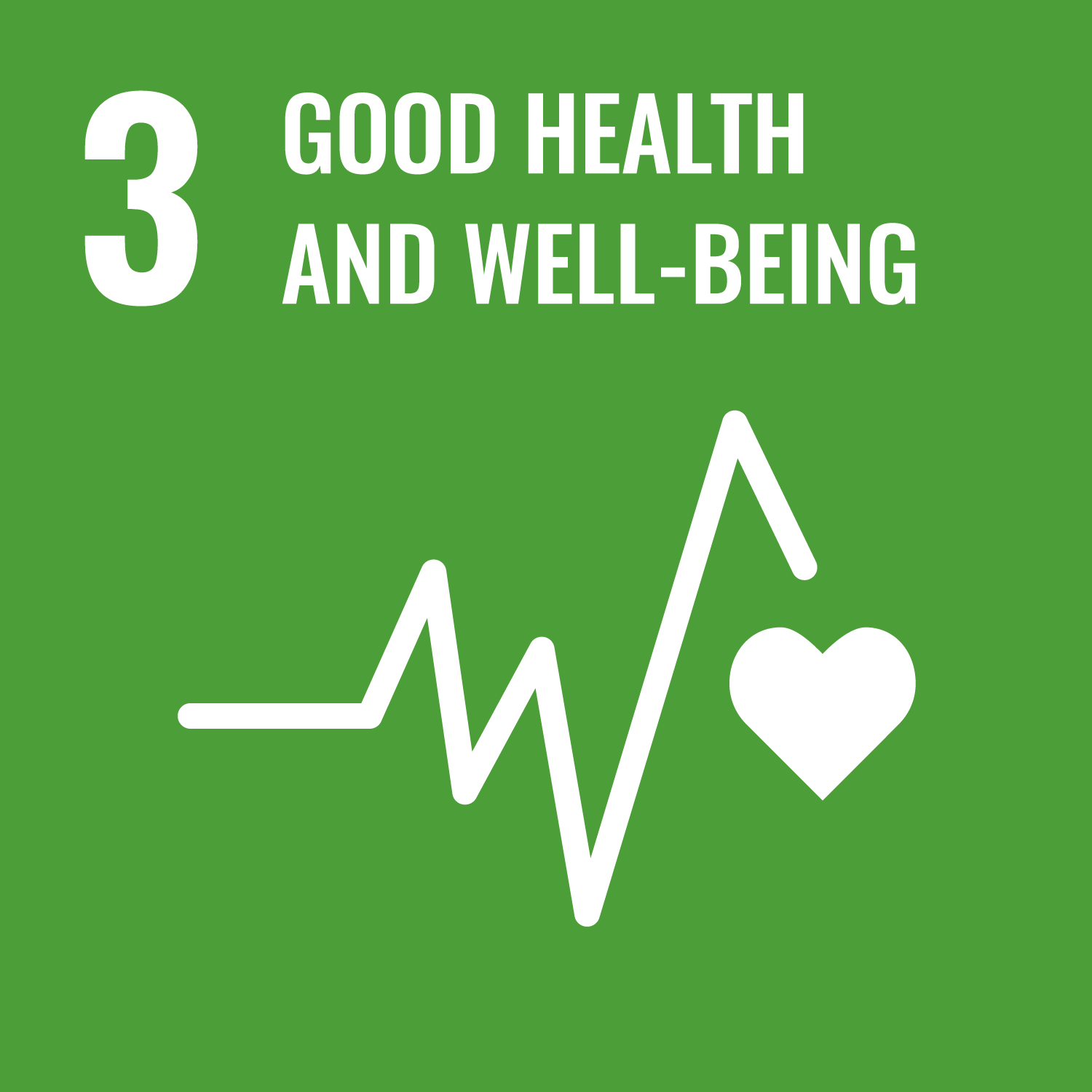The under-5 mortality rate in the Region declined substantially from 26.4 deaths per 1000 live births in 2000 to 12.9 deaths per 1000 live births in 2021 (Figure A.4). If that trend continues, the 2025 target will likely be reached. Despite the downward trend, this decline must accelerate in the coming years to meet established commitments and goals, particularly in the wake of COVID 19. The impact of the pandemic has not yet been reflected in the trends above.
The under-5 mortality rate measures child survival. It also reflects the social, economic, and environmental conditions in which children (and others in society) live, and includes their health care. In most countries, a significant portion of under-5 mortality is attributed to infectious diarrhea and pneumonia. Social inequalities also play a significant role in under-5 mortality, underscoring the urgent need to address disparities across various socioeconomic groups.
Under-5 mortality rates remain disproportionately high in several countries in the Region. Whereas the SHAA2030 target of reducing neonatal mortality to less than nine deaths per 1000 live births has already been surpassed at the regional level, variations exist between countries and among different population groups.
Recommendations
• Improve vaccination coverage against Streptococcus pneumoniae, ensuring the availability of safe antibiotics, and implementing effective case management protocols for neonatal pneumonia.
• Ensure access to oral rehydration salts and zinc for at least 90% of the population, which can reduce mortality associated with diarrheal diseases.
• Triangulate data from multiple sources, particularly for key social stratifiers like wealth, education, sex, urban-rural divides, and other social determinants of health to identify and address health inequalities.
• Improve health information systems, particularly those promoting health and social data disaggregation at smaller geographic scales, to strengthen subnational health analyses and implement localized interventions on the social determinants of health that demonstrably reduce health inequalities.

